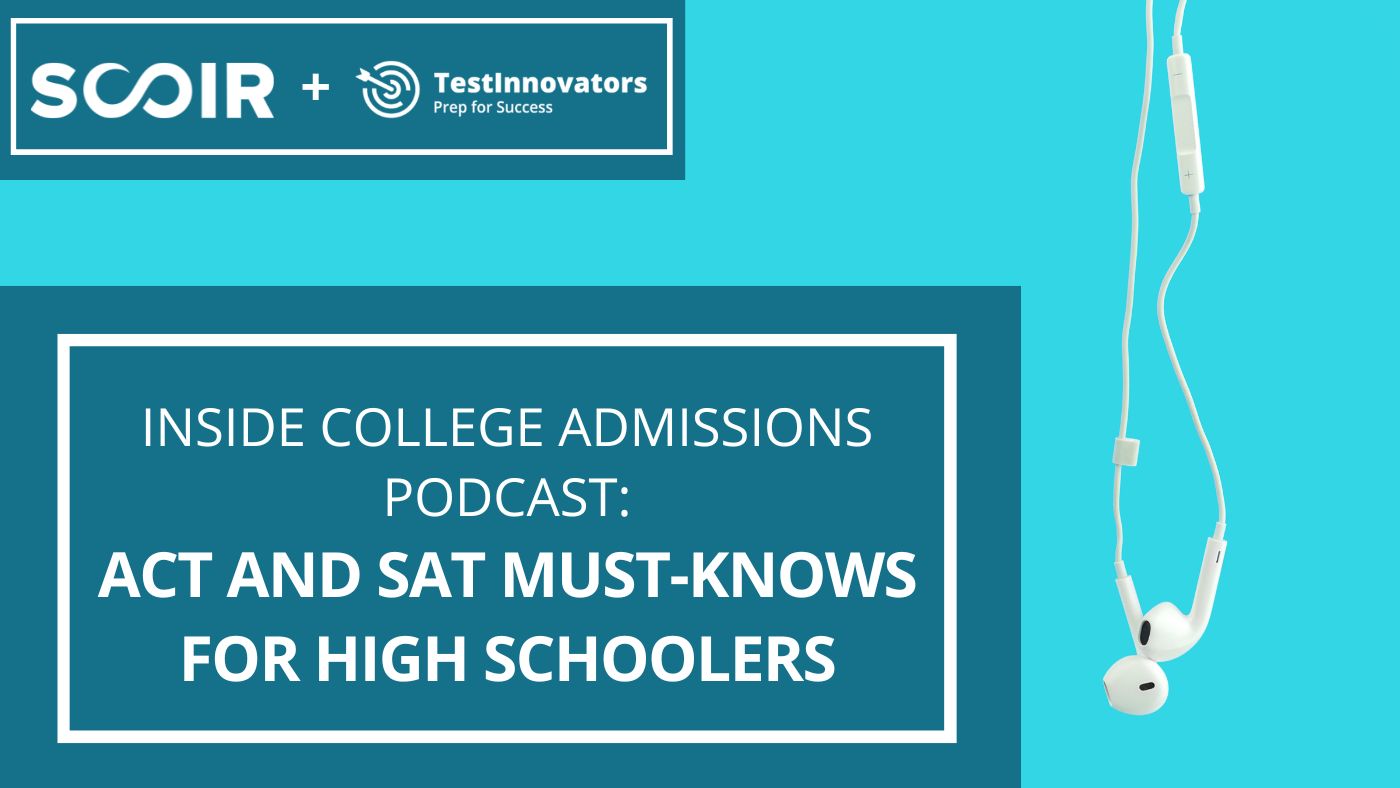Inside the SAT
Celena Murphy2024-01-16T15:02:13-08:00One critical aspect of test preparation is familiarizing yourself with the test so there are no surprises on test day. Knowing what to expect for each section of the test builds confidence and prevents lost time.
First, let’s look at a basic breakdown of the test.
| Section | Time | Questions | Average Time Spent* |
|---|---|---|---|
| Reading | 65 minutes | 5 passages + 52 questions | 180 seconds/passage ~58 seconds/question |
| Writing and Language | 35 minutes | 4 passages + 52 questions | ~48 seconds/question |
| Math (No Calculator) | 25 minutes | 20 questions | 75 seconds/question |
| Math (Calculator) | 55 minutes | 38 questions | ~87 seconds/question |
| Essay** | 50 minutes | 1 passage + standard prompt | N/A |
*Average time spent is based on dedicating the same amount of time to each passage and question, which will not always be the case. Some passages and questions require more time, while others require less. The average time spent should be used as a guideline, rather than a hard-and-fast rule.
**After June 2021, the Essay will only be available as part of SAT School Day Administrations in states where it’s required.
Now, we’ll closely examine each section.
Reading
The Reading section consists of 5 passages and 52 multiple-choice questions. Start with the passage that’s easiest for you. The passage types are always the same, so you can predetermine the order in which you complete the reading passages and their subsequent questions. The Reading section commonly goes unfinished, so you want to make sure you allot time to the questions you are more likely to answer correctly.
Here are the types of passages you can expect:
- Classic or contemporary U.S. or world literature
- U.S. founding document or a piece from the Great Global Conversation the document inspired (one passage or a pair of passages)
- Social science topic, such as psychology or sociology
- Science topic, such as biology, chemistry, Earth science, or physics (one passage or a pair of passages)
Here’s an example of a plan for the Reading section:
Let’s say science is one of your strong suits and social studies is not. Start with the science passage, work through the other passages, and then end with the social studies passage. You might even be able to order all of the passages according to strengths and weaknesses, but at the very least, choose a starting passage and a passage to leave for the end.
Writing and Language
The Writing and Language section consists of 4 passages and 44 multiple-choice questions. The questions refer to an underlined portion of the passage, a section of the passage, or the passage as a whole.
Here are the skills that are tested on the Writing and Language section:
- Analysis in history, social studies, and science
- Command of evidence
- Expression of ideas
- Standard English conventions
- Words in context
Math (No Calculator)
The Math (No Calculator) section consists of 20 multiple-choice and grid-in questions. Grid-in questions can be a bit confusing if you have never seen them before, so make sure you practice those types of questions prior to test day. Learn how to use grid-ins here.
Here are the subjects you can expect on the Math section:
- Advanced math
- Algebra
- Problem solving and data analysis
Math (Calculator)
The Math (Calculator) section consists of 38 multiple-choice and grid-in questions.
Here are the subjects you can expect on the Math section:
- Advanced math
- Algebra
- Problem solving and data analysis
For the Math (Calculator) section, it is important to know your calculator. When you are practicing, use the calculator you will use on test day. You don’t want to waste time learning how to use your calculator during the test. Also, make sure your calculator has new batteries. And of course, check if your calculator is permitted. You can review the SAT calculator policy here.
Essay
The SAT with Essay option will be discontinued after June 2021. After June 2021, the Essay will only be available as part of SAT School Day Administrations in states where it’s required. Learn more about the SAT Essay section.
Now that you know a bit more about the SAT, it’s time to start practicing!
Are you an educator? Contact us to chat about how we can work with you.
Originally published 1/9/2020. Updated 2/2/2021.







